How a Black-Owned 19th-Century Tavern Became the Birthplace of a Beloved Cookie
Joe Froggers tell a story of Black business ownership, slavery, and seafaring in Massachusetts.
Here is what historians have been able to piece together about the lives of tavern-keepers Joseph and Lucretia Thomas Brown. Lucretia Thomas was born in 1772 in Marblehead, Massachusetts, a rough-and-tumble seaport just south of Salem. She was most likely born free, but her parents had been previously enslaved by Continental Navy Captain Samuel Tucker.
When Lucretia was a young woman, she met Joseph Brown, who’d been born into slavery as the son of an African-American mother and a Wampanoag Nation father. Brown had fought in the Marblehead militia as part of the Revolutionary army, which likely led to his emancipation from slavery and his reputation, according to one local memorial, as a “respected citizen” of the seaside town. Together, the couple operated a tavern from the small saltbox-style house they purchased in 1795, perched near a frog pond on Marblehead’s Gingerbread Hill.
Less is known about the cookie that bears Joe’s first name and whose recipe is often attributed to Lucretia. The Joe Frogger cookie is a kind of boozy gingerbread uniquely associated with Marblehead. It’s fat as a lily pad, sharp with rum, salty with seawater, Christmassy with ginger, nutmeg, cloves, and allspice, and caramelly sweet with molasses. The combination of spice and molasses is fairly typical of British and American baked goods of the time, and reflects British colonial control of both the Indian subcontinent—a major source of spices like nutmeg—and Caribbean sugar plantations, where Europeans forced enslaved Africans to labor on stolen indigenous land.

Two things, however, make Joe Froggers unique among spice cookies. First, the addition of rum and seawater is a Marblehead specialty, reflecting the region’s many distilleries and its nautical economy. Most important, however, is the legend of the couple now widely credited with the cookie’s invention.
As the story goes, Lucretia Thomas Brown invented Joe Froggers as tavern fare for the hungry neighbors that frequented the couple’s establishment. She allegedly named the cookie after her husband and the nearby pond’s lily pads that the wide, flat rounds resembled. Because the cookie lacked milk and eggs, which spoil easily, it kept for a long time, and the addition of rum and salt water further acted as a preservative. The shelf-stable sweet soon became popular among Marblehead sailors, who took it with them on sojourns to the high seas.
“They were theoretically made in the shape of a lily pad, and that shape was their distinctiveness, as much as the salt water,” says culinary historian Jessica B. Harris, an expert in foods of the African diaspora. Harris selected Joe Froggers for inclusion in the menu of the National Museum of African American History and Culture’s Sweet Home Cafe, alongside supervising chef Albert Lukas. The cookie makes up one part of the cafe’s rich menu, which Harris curated to showcase a mix of rare and iconic dishes that embody the regional diversity of African-American cuisine, including selections from the North States, the Agricultural South, the Creole Coast, and the Western Range. “We got away from that great monolith of, ‘It’s all just soul food, it’s all just Southern,’” Harris says.

Joe Froggers are a perfect fit for this mission. They’re hyperlocal, a proud Marblehead tradition strongly associated with the Browns—and, by extension, the Black Americans who fought in the Revolutionary army. At the same time, their ingredients highlight the tension between a North that simultaneously celebrated individual free Black people, while continuing to rely on slavery as the basis of its economy. The cookie’s inclusion of rum and molasses, staples of New England cooking at the time, highlights the ubiquitous influence of the brutal triangular trade, in which Euro-Americans exchanged Caribbean molasses and New England rum for enslaved African people, who were then forced to work on the same sugar plantations that helped to make these products.
Joe Froggers also embody the mix of myth and conjecture that characterize even our most iconic legends around food. “All of that is possibly apocryphal,” Harris says of the cookie’s association with the Browns and their frog pond. For one thing, there are few written records associating Joe and Lucretia Brown with Joe Frogger cookies before the 1950s, when recipes for the cookies began gaining popularity in cooking magazines across the United States. For another, the cookie’s name and nautical association is strikingly close to “Joe Flogger,” a kind of flat, often prune-filled pancake documented among New England ship fare as far back as the 1850s. It could be that, while Marblehead did produce a rum-and-molasses cookie, the name didn’t come from Joe Brown’s lily pond at all, but from the round treat’s resemblance to the seafaring pancake.

For Harris, this kind of uncertainty is a fundamental part of culinary history, and especially the history of African-American food. Culinary histories of anyone but the most elite tend to rely heavily on the oral traditions of women and working-class people, who are most likely to be unable to read and write. This is especially the case for Black Americans, whom racist laws largely forced into illiteracy until decades after the abolition of slavery. As a result, Harris is well-practiced in reading the historical archive to find what has been left out, a practice she calls “studying the silences.” “You read between the lines, you look at the things that weren’t said, the things that were alluded to but not detailed,” says Harris. “It’s circling around something until you hit it.”
In the case of Joe Froggers, what isn’t there is a detailed picture of who Joe and Lucretia Brown really were. Marblehead legend often reduces them to the caricatured figures “Black Joe” and “Aunt Crese,” descriptions that evoke racist tokenism. It’s also telling that, while Lucretia is credited with the invention of the cookies, we know far more about Joe, a manifestation of the racial and gendered “silences” Harris contends with in her research.
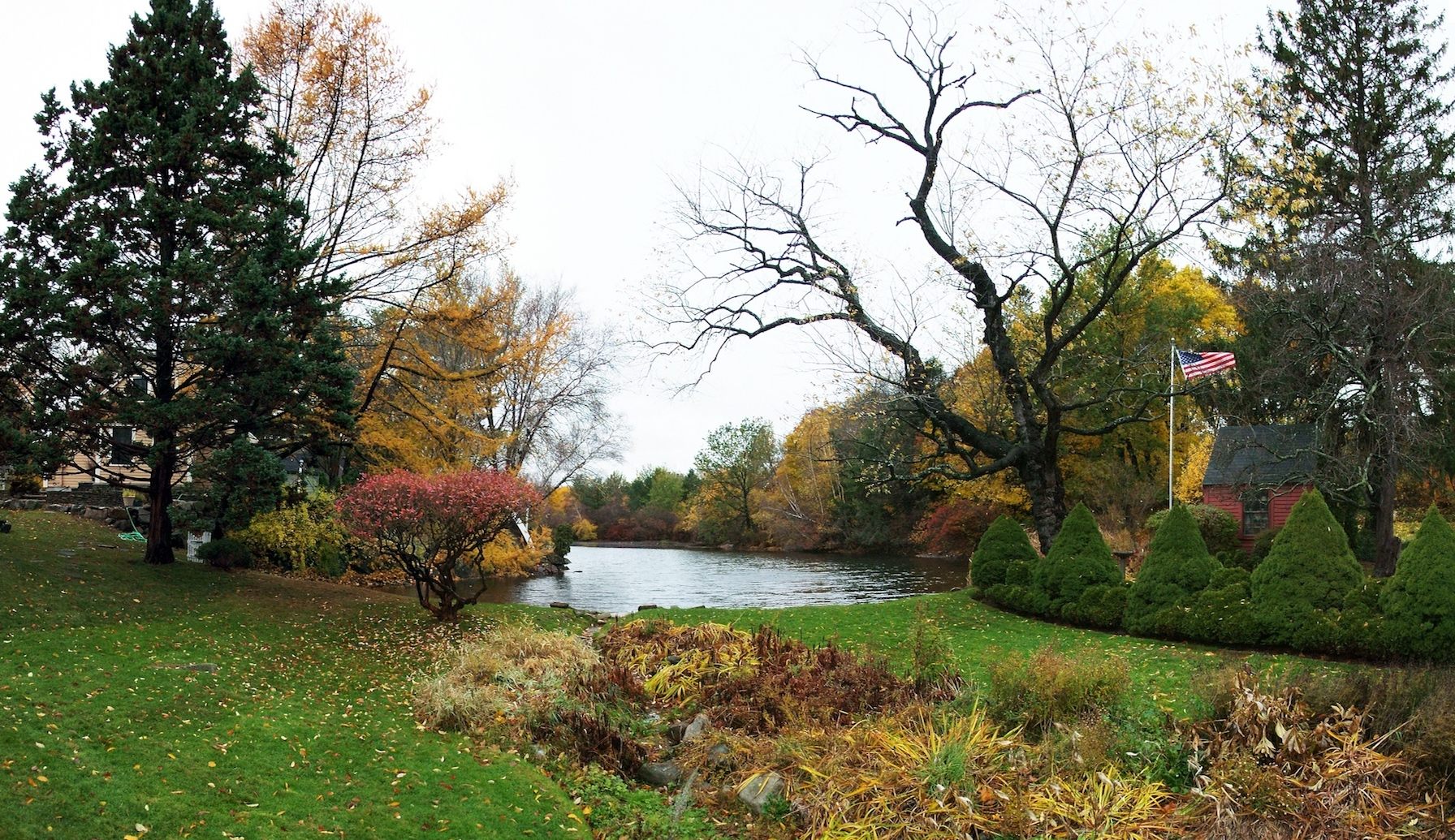
These gaps in record point to the complex history of oppression and resourcefulness surrounding the mythology of the Froggers. The cookies’ alleged inventors were free in a time when most Black Americans were enslaved, yet its star ingredients—rum and molasses—are inextricably tied to the brutality of slavery. Joe and Lucretia Brown were turned into stereotypes by later Marbleheard residents, but they were also Black property owners and community elders, who commanded the respect of a largely white town. Today, Marblehead continues to celebrate the Browns, with a commemorative gravestone for Joe and a nature preserve dedicated to the couple near the tavern’s original frog pond. Now a private residence, the tavern building itself still stands.
Equal parts pungent and sweet, Joe Froggers encapsulate the stark contradictions of the time and place of their invention. The uncertainty around their origins, foggy as the New England seas, reminds us of the countless marginalized stories of food, joy, and struggle that remain to be brought into mainstream history. “As with so much of African American history, we are really only now beginning to see the tip of the iceberg,” says Harris. “There is so much more research to be done.”
Today, bakeries in Marblehead, as well as the National Museum of African American History and Culture’s Sweet Home Cafe in Washington, D.C., sell versions of the Joe Frogger. But you can also recreate this sweet-and-salty piece of history at home with simple ingredients from the grocery store.
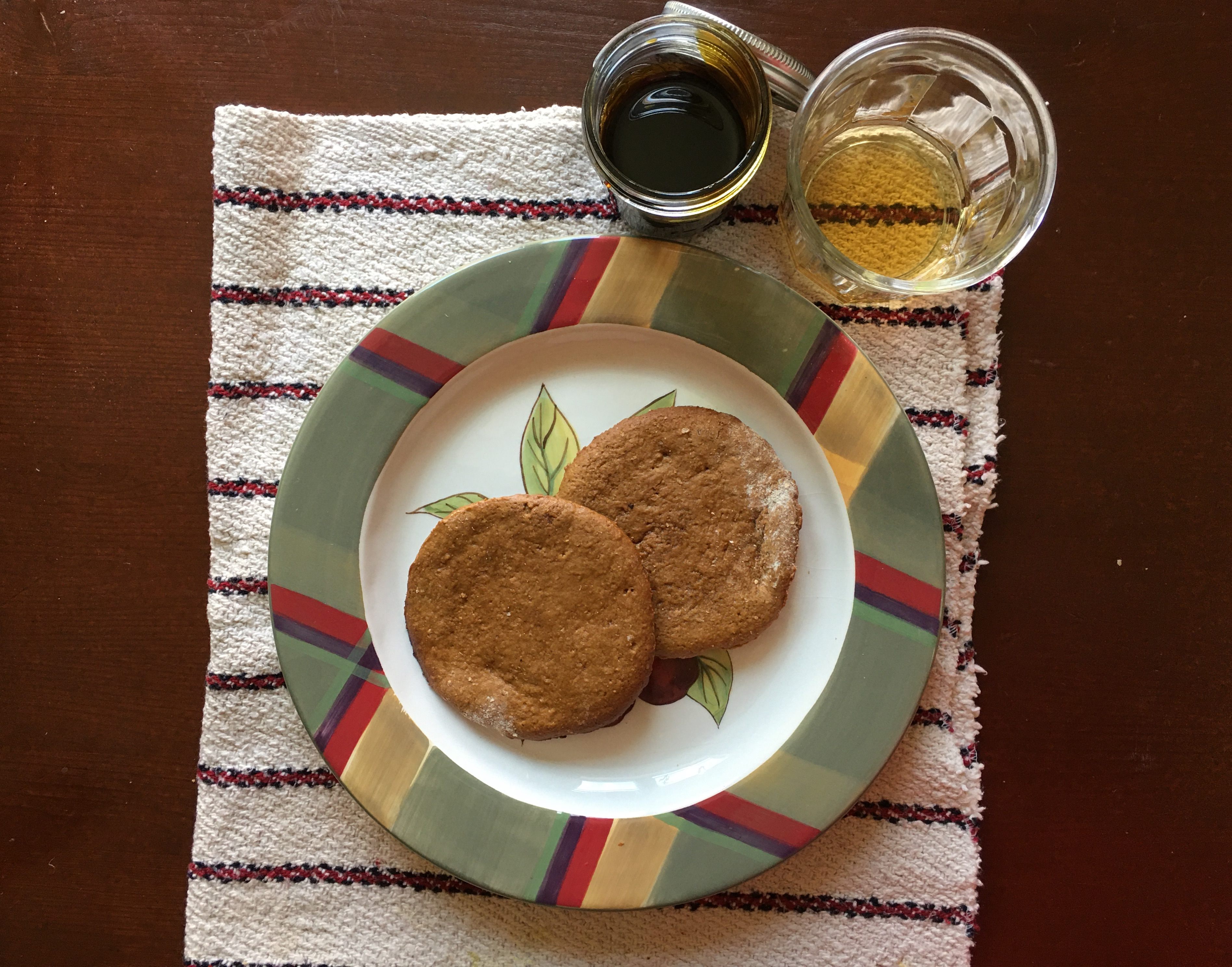
Adapted From the Town of Marblehead’s Recipe
3½ cups flour
1½ teaspoons sea salt
1½ teaspoons ground ginger.
½ teaspoon ground cloves
½ teaspoon grated nutmeg
¼ teaspoon allspice
1 teaspoon baking soda
1 cup molasses
1 packed cup brown sugar
2 tablespoons white sugar
½ cup room temperature butter, vegetable shortening, or lard
2 tablespoons dark rum
1/3 cup hot water

Make the Dough
First, whisk the salt, baking soda, ginger, cloves, nutmeg, and allspice in a medium-sized bowl until they’re well-combined. If you like a zingier cookie, you can up the ground ginger to 2 teaspoons.
In a larger bowl, beat together the molasses, brown sugar, and your chosen fat. Your choice of fat depends on what you’re looking for in the final outcome. The original recipe, like many spice cookies of the time, likely used lard, though some colonial spice cookie recipes did use butter. Butter will result in a slightly flatter, crisper cookie, while shortening will result in a fluffier one, though the texture of both will be pleasantly chewy if you leave the dough slightly thicker than ¼ inch. If you’re a purist, you can embark on a lard adventure with Gastro Obscura’s handy guidelines in this recipe.
Whatever fat you choose, beat for a few minutes until the mixture becomes lighter in color and fluffy. Then, in a separate bowl or measuring cup, combine the hot water and rum. If you like a boozy cookie, you can increase the amount of rum and decrease the water proportionately. Some early recipes called for no water at all, so you’ll be in good company.
Now, stirring continuously, alternate adding the dry ingredients and the water-and-rum mixture to the sugar-and-molasses mixture. Continue stirring as the mixture coheres into a dough. If it’s too dry to mold, add a little water. It’s okay if the dough is a little sticky; it will firm up while chilled.
Cover the cookie dough and leave it in the fridge, for at least two hours and up to a day.
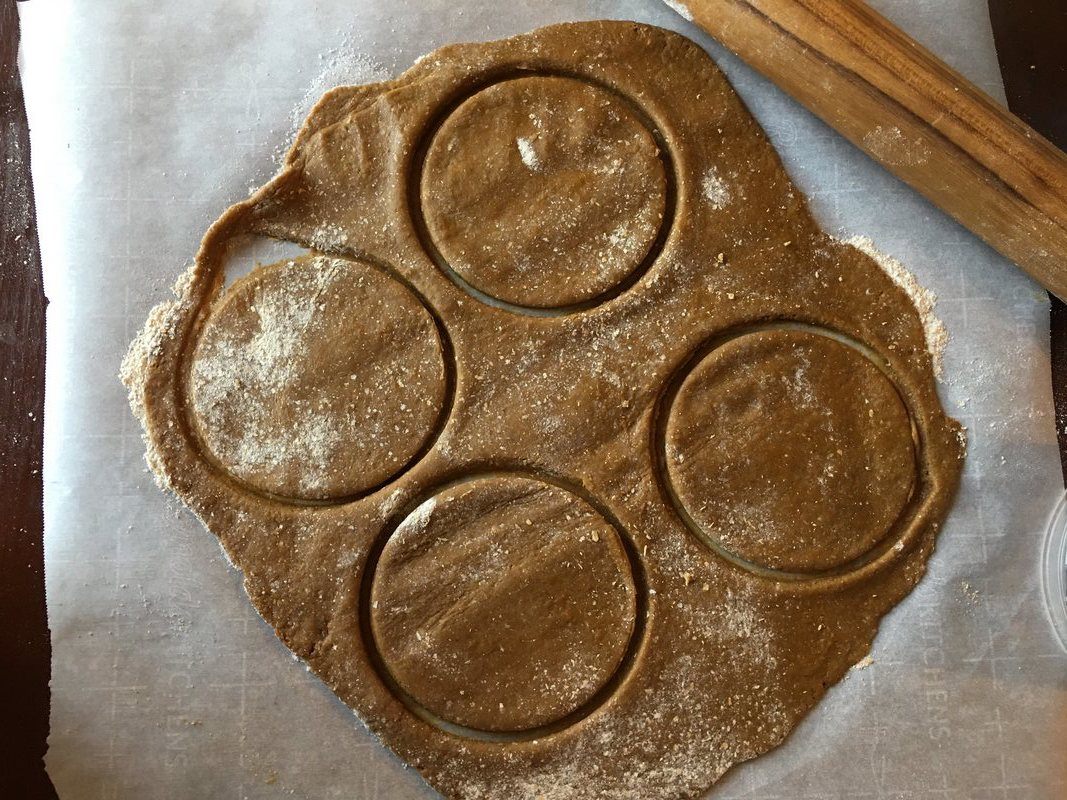
Shape the Cookies
Right before you remove the dough from the fridge, preheat your oven to 375 degrees. Lay down a layer of parchment paper onto your work surface, and sprinkle it with white sugar. You can add a dash of salt as well, if you’d like to enhance the seawater flavor. The idea, based on the Sweet Home Cafe recipe, is to coat the cookies with a bit of sugar as you roll them out. The sugar also helps keep the dough from sticking to the parchment.
Roll out the dough until it’s about ¼ of an inch. Traditional Joe Froggers are quite large (think lily pads). You can use a typical round cookie cutter, but if you want the full effect, feel free to improvise with something larger. Try an empty coffee can, a small bowl with a well-defined edge, or a wide jar. Keep re-rolling and cutting your dough scraps as needed.
Bake the Cookies
Place the cookies on greased or parchment paper–lined baking trays. Depending the size, you’ll have several cookies per tray. Bake them for 10 to 12 minutes. You’ll know the Joe Froggers are done when they begin to brown on the edges, and are still slightly soft in the center. You’ll smell the sugar and molasses as the edges start to crisp.
Cool and enjoy on all your seafaring voyages.
You can join the conversation about this and other stories in the Atlas Obscura Community Forums.
*Update 6/22/20: This post has been updated to give the full name of Jessica B. Harris.
Gastro Obscura covers the world’s most wondrous food and drink.
Sign up for our regular newsletter.



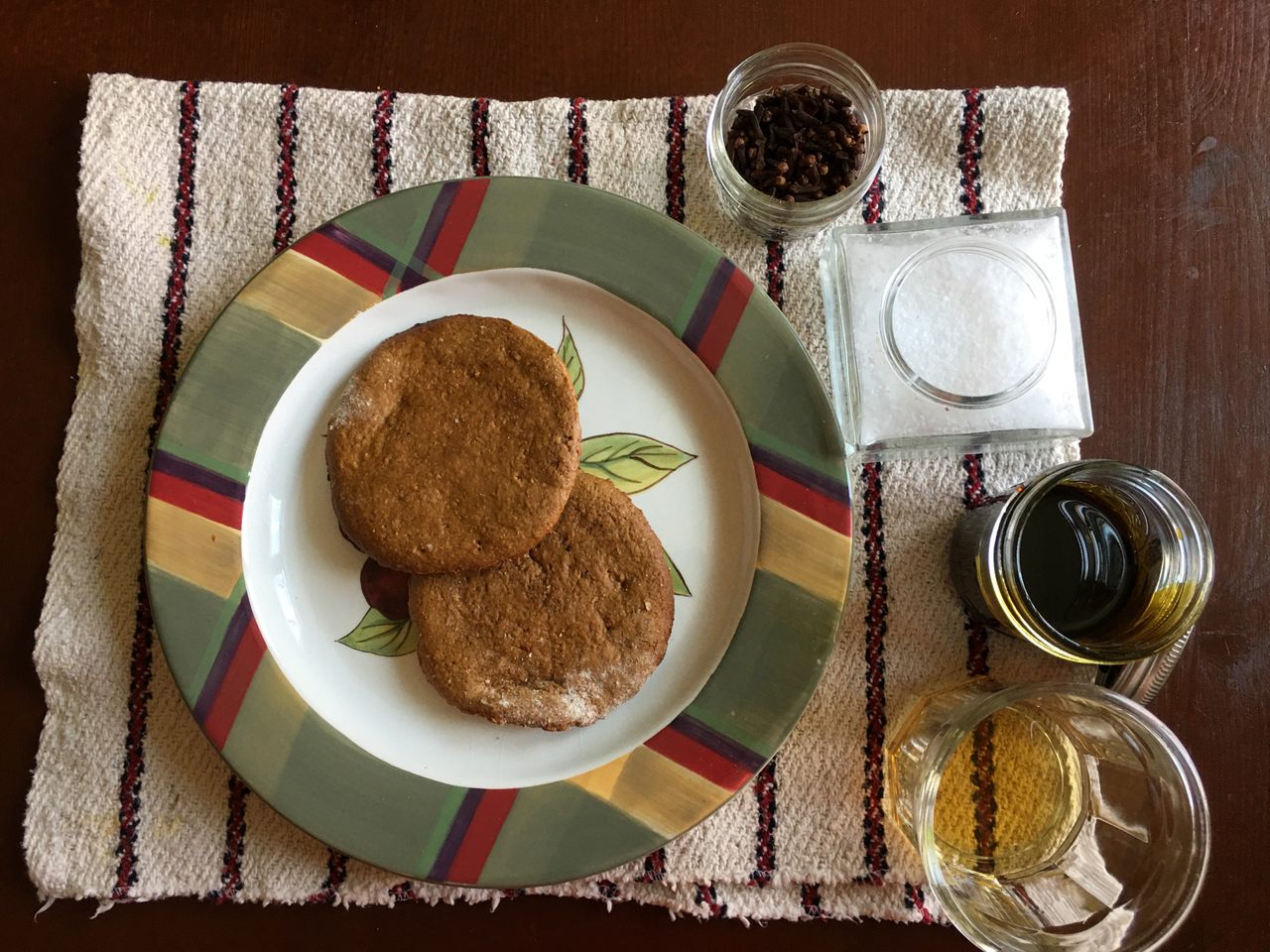


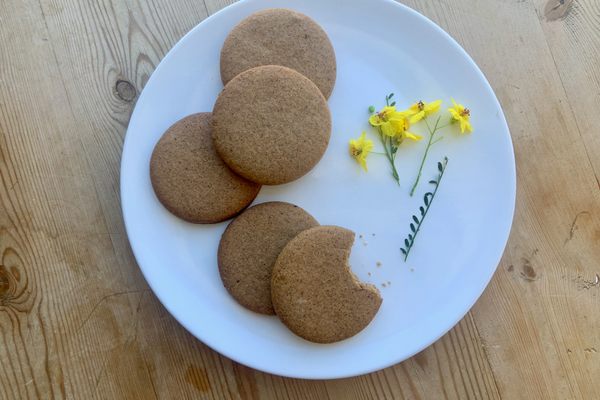
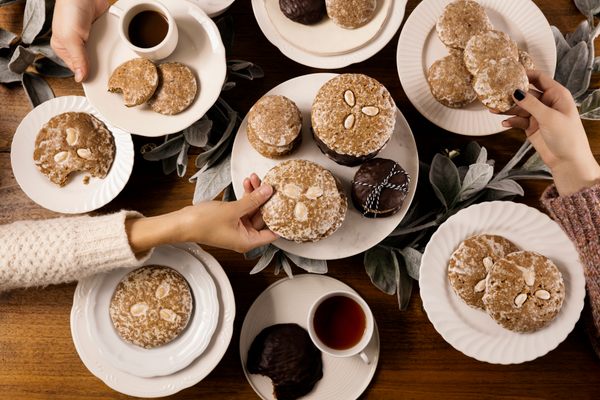


















Follow us on Twitter to get the latest on the world's hidden wonders.
Like us on Facebook to get the latest on the world's hidden wonders.
Follow us on Twitter Like us on Facebook